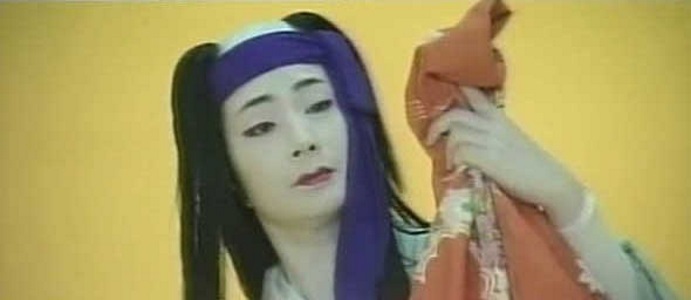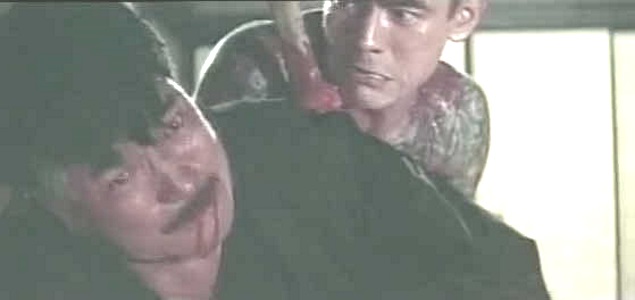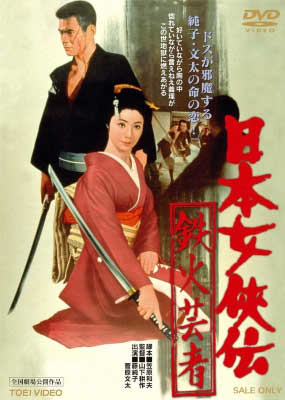Aka - Flint Geisha
Aka - Nihon jokyo-den: tekka geisha
This is like jumping headfirst into a big vat of splendid geisha melodrama.
It has so little joy and so much heartbreak that you want to take time off
to recuperate. The nice thing about Japanese melodrama is that it is done
so stoically. Everyone accepts their fate is if it was adorned from birth.
You do what has to be done because that is the way. You don't flinch from
death or despair. And no one could do it better back in the 1960s and early70s
than Junko Fuji (now known as Sumiko Fuji). She keeps her dignity around
her like a suit of armor and her beauty always simmering behind her resolute
demeanor. She was to retire two years later at the height of her fame when
she married but later came back to pick up her career 20-years later but
in older roles. I noticed she was in a Japanese version of Murder on the
Orient Express which I would love to see.
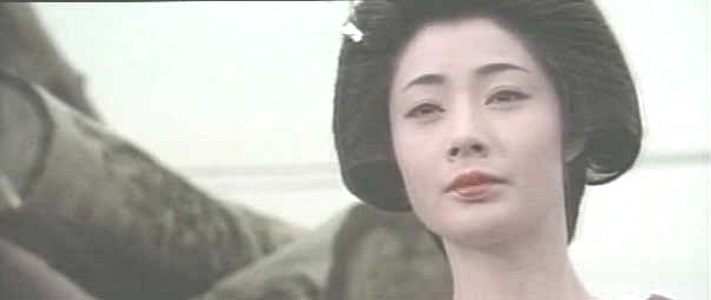
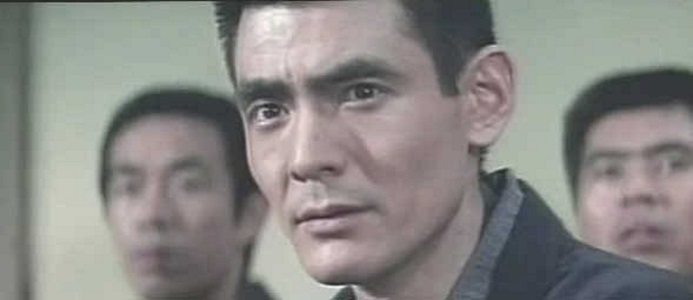
Here she is Koshizu, a prominent geisha in one of the better houses in Fukagawa
during the Taisho era (1912 - 1926) - a period with a weak Emperor and the
sprouting of democracy and cutthroat capitalism. Her sponsor is Master Asai
(Meichô Soganoya), an older wealthy rice merchant. He has sponsored
her for years since she was young, but though he loves her and wants to marry
her - she is keeping her honor intact because of her love for a man from
ten years ago who stopped her from killing herself and then vanished. As
she tells him this, in walks Yu (Bunta Sugawara) who works for Asai and you
can guess who he is. But he doesn't remember her. He gave her an amulet though
that she holds close to her heart. You can see where this should be going,
but nothing is easy in a geisha melodrama.
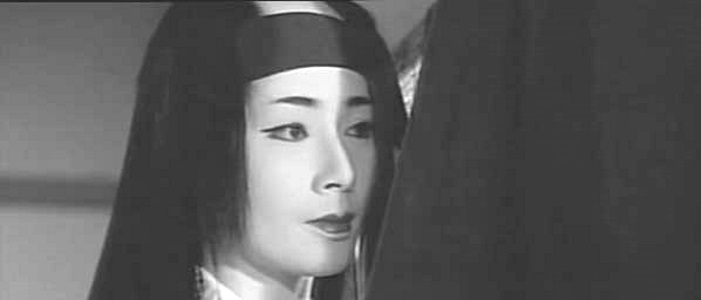
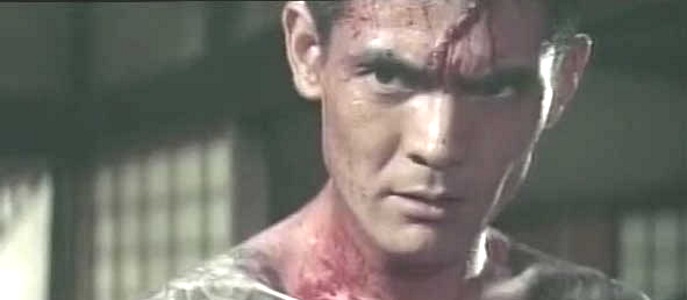
Another rice merchant, the despicable Yasukawa (Tôru Abe) looking like
a Japanese Hitler with moustache and hair combed down over his face, wants
to monopolize the rice trade and raise prices. His only obstacle is Asai
who refuses to join in. That is the main thread but around it, others pop
in - Koike who was able to get out of being a geisha when she married and
now her husband is at odds with Yusukawa; a dance off of all things. Koshizu
has been asked to perform the Dance of the Lovelorn at the end of a big festival
and another one of the geishas has always been selected to do that. One keeps
waiting for the action to explode - in one scene Yu - who we find out was
once a notorious Yakuza - has his jaws pumping in anger and just as he is
about to let loose - Koshizu intervenes. The final five minutes is a classic
as it is almost an orgasm of color and blood as Koshizu performs with a bright
yellow surreal backdrop and Yu has finally realized what he must do.
I suppose these sorts of period geisha films were fairly commonplace back
then but in the hands of director Kôsaku Yamashita, it is quietly and
slowly effective.
